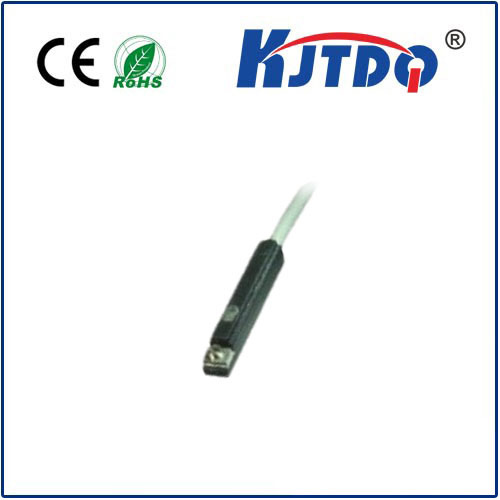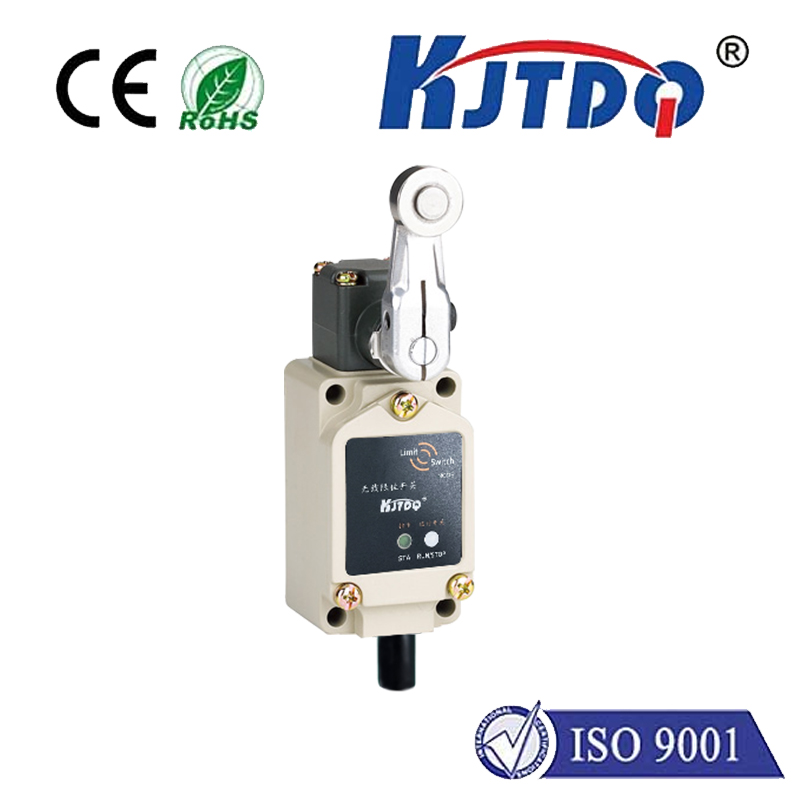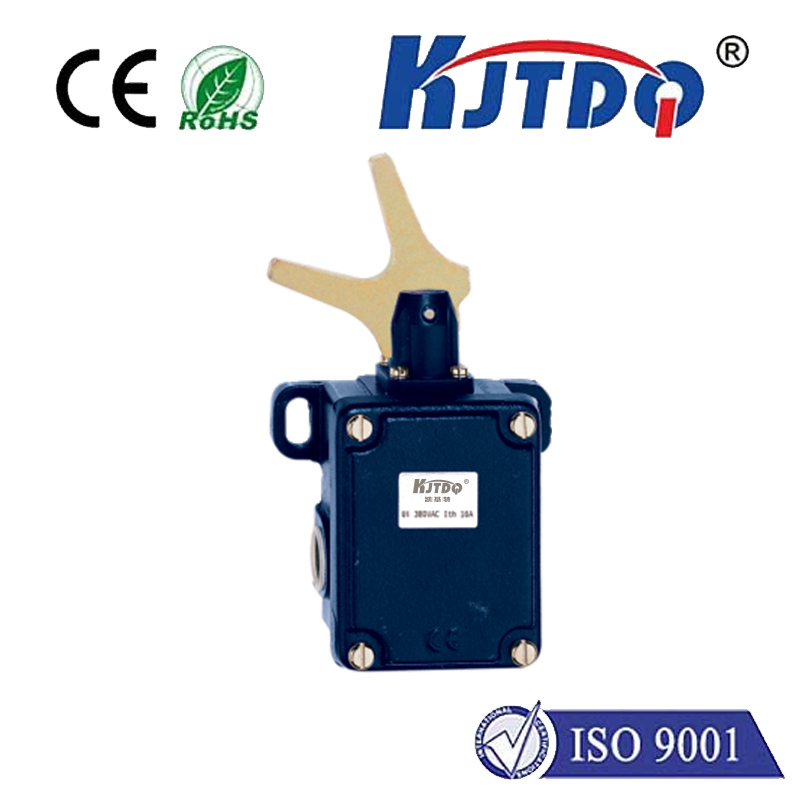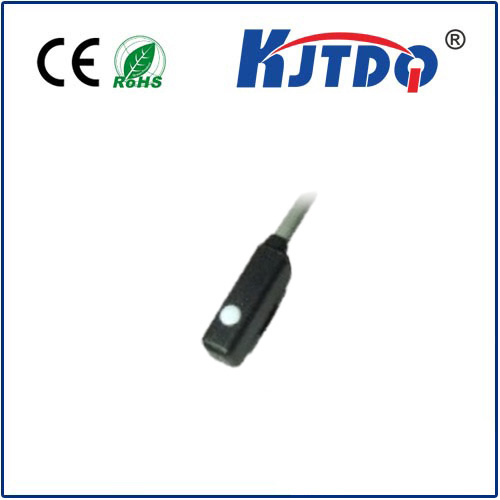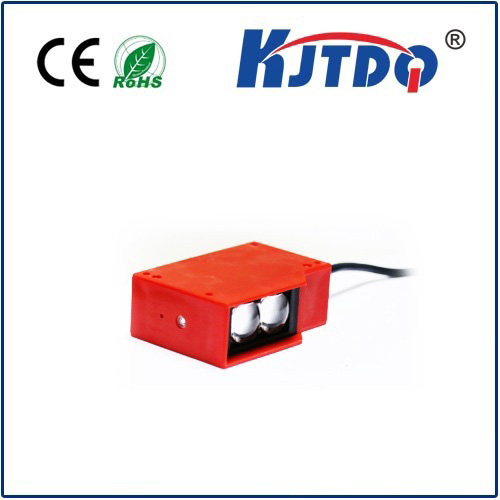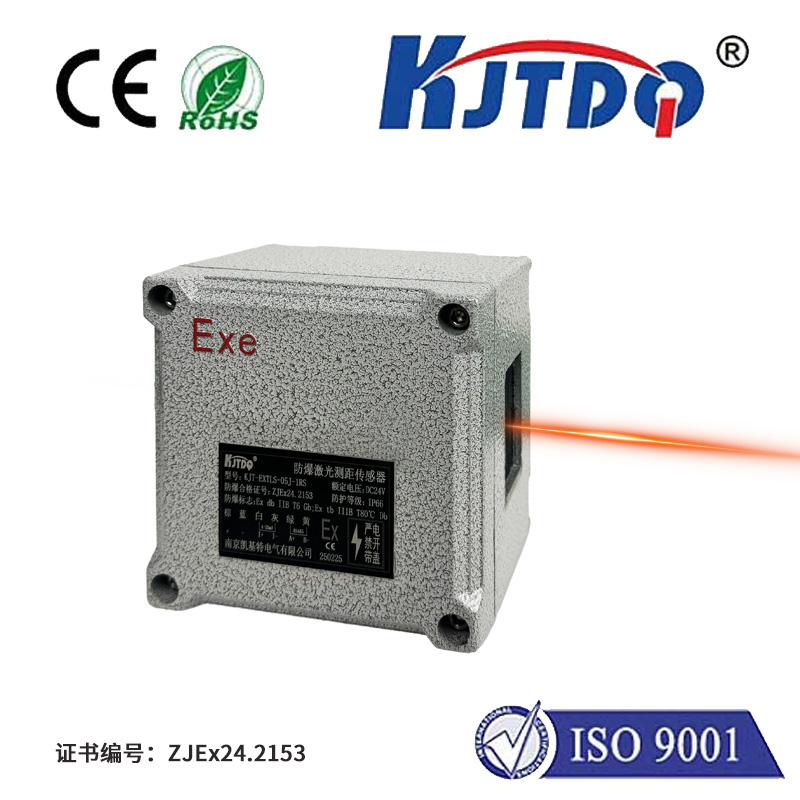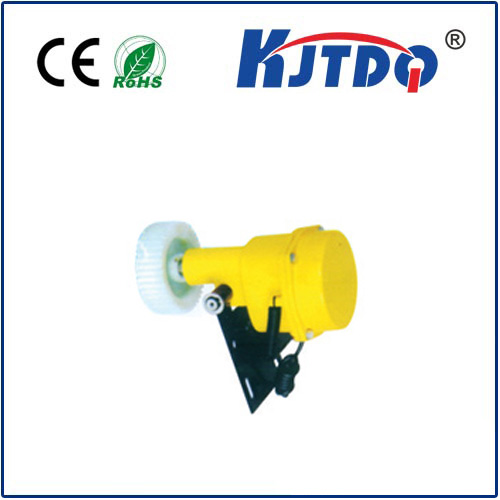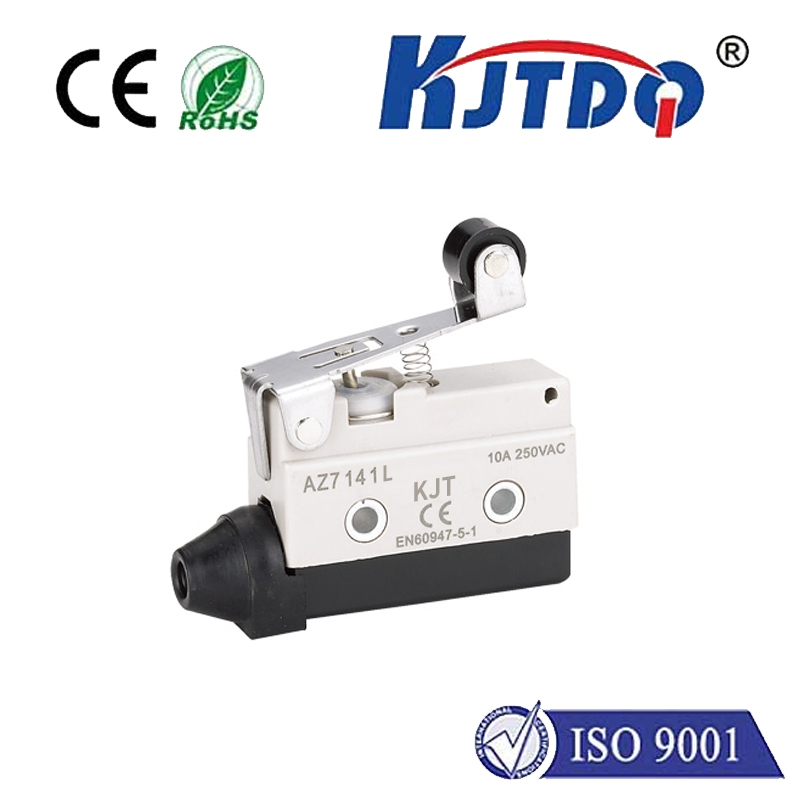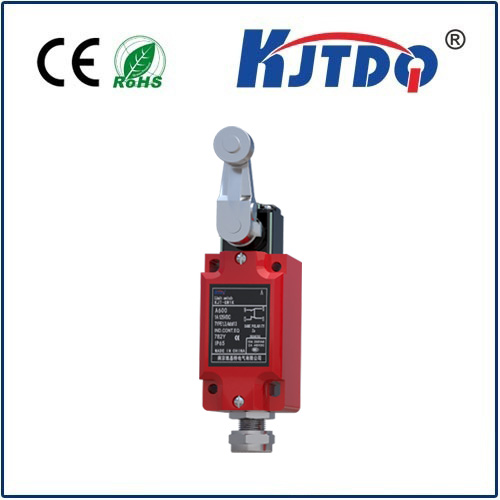adjustable high limit switch
- time:2025-08-03 03:26:53
- Click:0
The Essential Guardian: How Adjustable High Limit Switches Prevent Overheating Disasters
Imagine an industrial oven baking critical components, a furnace heating your home on a frigid night, or a commercial dryer processing countless loads. Now imagine that vital system silently creeping past its safe operating temperature. Without a crucial failsafe, this scenario could escalate into equipment failure, costly downtime, or even a catastrophic fire. This is precisely where the adjustable high limit switch steps in – an unsung hero of thermal safety, silently standing guard against overheating. This article dives into why this device is indispensable, how it functions, and key considerations for selection and use.
At its core, an adjustable high limit switch is a critical safety component designed to automatically interrupt electrical power to a heating system when temperatures exceed a predetermined, user-set threshold. It acts as the last line of defense when primary temperature controllers fail or other system malfunctions occur. Unlike the primary thermostat that cycles the heater on and off to maintain a desired setpoint, the high limit switch exists purely for over-temperature protection. Its singular, vital purpose is to shut everything down before dangerous conditions arise.
How the Adjustable Sentinel Works
The principle behind most adjustable high limit switches is elegantly straightforward:

- Sensing: The switch features a temperature-sensing element (commonly a bimetallic strip or a bulb and capillary tube system filled with an expanding fluid).
- Activation: As the surrounding temperature increases, this sensing element physically reacts – the bimetallic strip bends, or the fluid expands.
- Tripping: This physical movement actuates a snap-action switch mechanism. When the pre-set temperature (high limit) is reached, the switch snaps open, breaking the electrical circuit supplying power to the heating elements, burner, or blower motor.
- Safety Lockout: Crucially, most high limit switches are designed as manual reset devices. Once tripped, the circuit remains broken even if the temperature subsequently drops. This forces a manual intervention – an operator must physically reset the switch after identifying and rectifying the cause of the over-temperature condition. This feature prevents the system from automatically restarting into a potentially unsafe situation.
The Power of “Adjustable”: Why Flexibility Matters
The adjustable aspect of these switches is fundamental to their versatility. Fixed-limit switches might be suitable for very specific, unchanging applications. However, industrial and commercial settings often demand flexibility:
- Application Diversity: The same switch model might be used on different machines or processes operating at vastly different safe maximum temperatures. Adjustability allows one device type to serve multiple needs.
- Optimization: Precise calibration ensures the limit triggers just above the normal operating range, maximizing safety without causing nuisance trips.
- Future-Proofing: Process requirements can evolve. An adjustable switch can be reconfigured without needing complete replacement.
- Fine-Tuning Safety: Technicians can set the absolute maximum safe threshold based on the specific equipment, materials processed, and environmental factors.
Key Applications: Where Protection is Paramount
Adjustable high limit switches are ubiquitous safety devices wherever controlled heat is generated. Some critical applications include:
- HVAC Systems: Protecting residential and commercial furnaces, boilers, heat pumps, and air handlers from dangerous overheating.
- Industrial Ovens & Furnaces: Safeguarding processes in food production, metal treatment, ceramics, composites curing, and more.
- Commercial Appliances: Ensuring safety in dryers (laundry and industrial), dishwashers, griddles, fryers, and proofing cabinets.
- Packaging Machinery: Protecting heat-sealing elements on form-fill-seal and shrink-wrapping equipment.
- Plastic Processing: Used on extruders, injection molding machines, and hot runner systems.
- Electrical Enclosures: Preventing overheating in control panels housing heat-generating components.
- Renewable Energy: Protecting components in solar thermal systems or biomass boilers.
Selecting and Implementing Your Adjustable High Limit Switch
Choosing the right adjustable high limit switch is vital for effective protection. Consider these critical factors:
- Temperature Range: The switch must be rated for the maximum possible temperature it might encounter, well above its intended trip point. Never operate near the switch’s absolute maximum rating.
- Setpoint Adjustability Range: Ensure the adjustable range comfortably encompasses both your normal operating temperature and the required safety trip point with sufficient margin.
- Switching Capacity (Amps/Volts): The switch contacts must reliably handle the electrical load (current and voltage) of the circuit it controls. Undersizing can lead to contact welding or failure.
- Sensor Type & Location: Match the sensing technology (bimetal vs. capillary bulb) and probe length to the environment and mounting location. Proper placement is crucial – the sensor must accurately reflect the temperature of the critical zone it protects (e.g., near heat exchangers, plenums, or heating elements). Mounting instructions must be followed precisely.
- Environmental Conditions: Consider exposure to moisture, dust, chemicals, vibration, or corrosive atmospheres. Select switches with appropriate enclosures (NEMA/IP ratings) and construction materials.
- Certifications: Ensure the switch carries relevant safety certifications (e.g., UL, CSA, CE) for its intended use and geographical location. This is non-negotiable for safety-critical applications.
- Reset Type: Confirm the manual reset feature is present for true safety functionality. Automatic reset types are generally unsuitable for reliable high-limit protection.
Installation and Maintenance: Ensuring Lifelong Vigilance
Even the best switch is ineffective if poorly installed or neglected.
- Professional Installation: Adhere strictly to manufacturer instructions and local electrical codes. Incorrect wiring or sensor placement can render the protection useless.
- Accessibility: Position the reset button where it can be safely accessed after a trip, but not where it can be accidentally reset.
- Regular Testing: Incorporate functional testing of the high limit switch into preventive maintenance schedules. Do not merely simulate a trip via wiring; safely induce an over-temp condition under controlled circumstances to verify it opens the circuit as expected.
- Avoid Bypassing: Never bypass a tripped high limit switch to restore operation without first diagnosing and fixing the root cause. This defeats its primary safety purpose and creates an extreme hazard.
- Replacement: Like all mechanical components, high limit switches wear out. Replace them proactively or immediately if testing reveals any malfunction, sluggish operation, or failure to trip/reset correctly.
The adjustable high limit switch is far more than just another component on a schematic. It is a fundamental safety mechanism, a guardian against thermal runaway. Its presence provides peace of mind, knowing that if primary controls falter, this adjustable sentinel stands ready to intervene. Understanding its function, selecting the right device for the application, installing it correctly, and maintaining it rigorously are essential steps in protecting personnel, property, and processes from the devastating consequences of uncontrolled heat. In the realm of thermal systems, overlooking this small but mighty device is a risk no responsible operator can afford to take.






